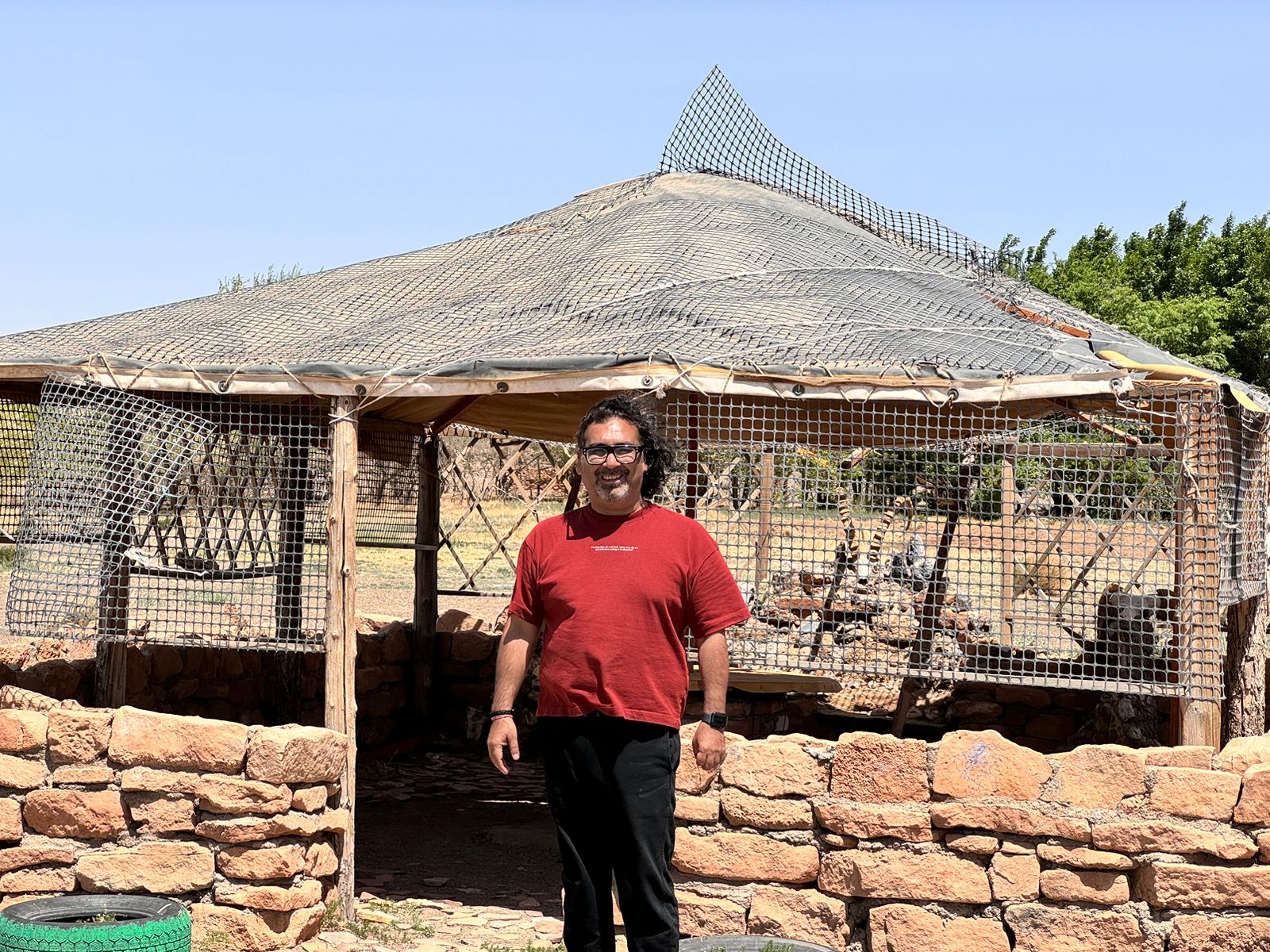The outback of Mongolia and the Gobi Desert carry many mysteries, and this is a place where shamanistic practices are very prevalent. Shamans are people similar to priests, possessing spiritual healing powers, great insight, knowledge, intuition, and even telepathy. They can communicate through the mind and are viewed as witch doctors. They pray to nature; everything in nature is sacred and godly, like fire, earth, sky, trees, and even animals. Nature is their god, and they pray to it.
Shaman Temple
They are a primitive nomadic tribe, untouched by time and modernization. The shamans still practice in this area. I managed to get a look at a shaman temple, which was inside a perimeter fence. It was a hut made from brick, and inside were idols of ancient gods. Most of the idols were made of stone, and their heads were made of deer or sheep skulls with huge horns. I managed to jump over the fence to get a closer look inside the temple. I made a video of the area and was fascinated by the idols and the way they had been decorated with paint.
Mongolian Shamanism, also known as Tengerism, is the native religion of the country. It is a religion that practices animism and shamanism. It later mingled with traditional Buddhism and was heavily persecuted during the Stalinist Communist purge and repression.
They worship the father and the sky. Shamanism has been practiced in Mongolia for centuries. Some shamans also perform spiritual ceremonies and are seen as faith healers.
It was great to explore a temple like this, and I would cherish the experience. At first, I felt a little jittery, but once I was inside the temple, it was all about exploration.
The Gobi Desert is vast and has a green hue of grass, but it is also very bumpy. This temple was a real gem that I managed to find and discover.
—
Let me know if there are any specific changes or additional details you’d like to include!





















